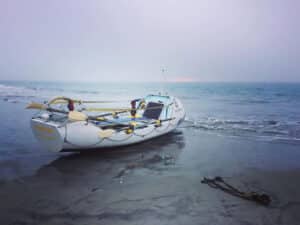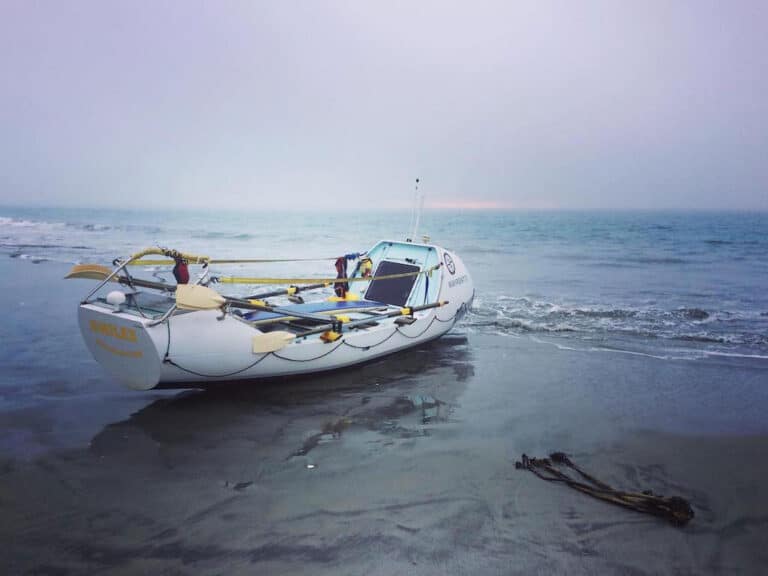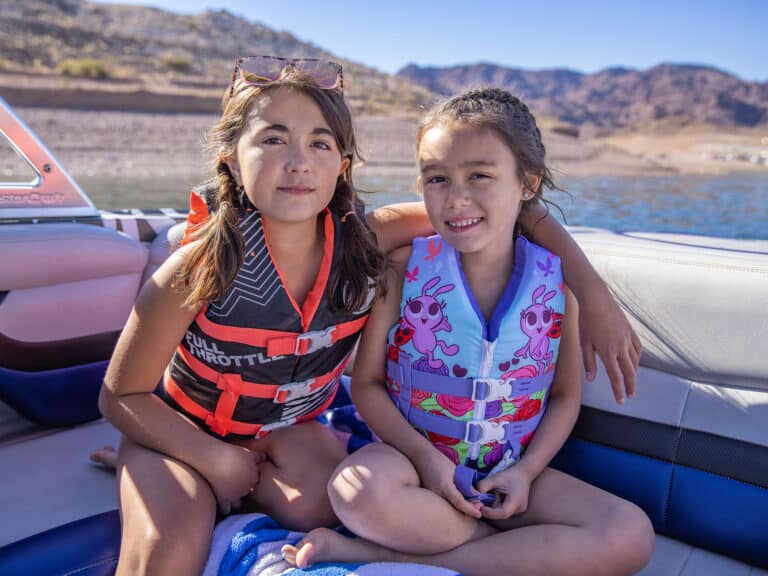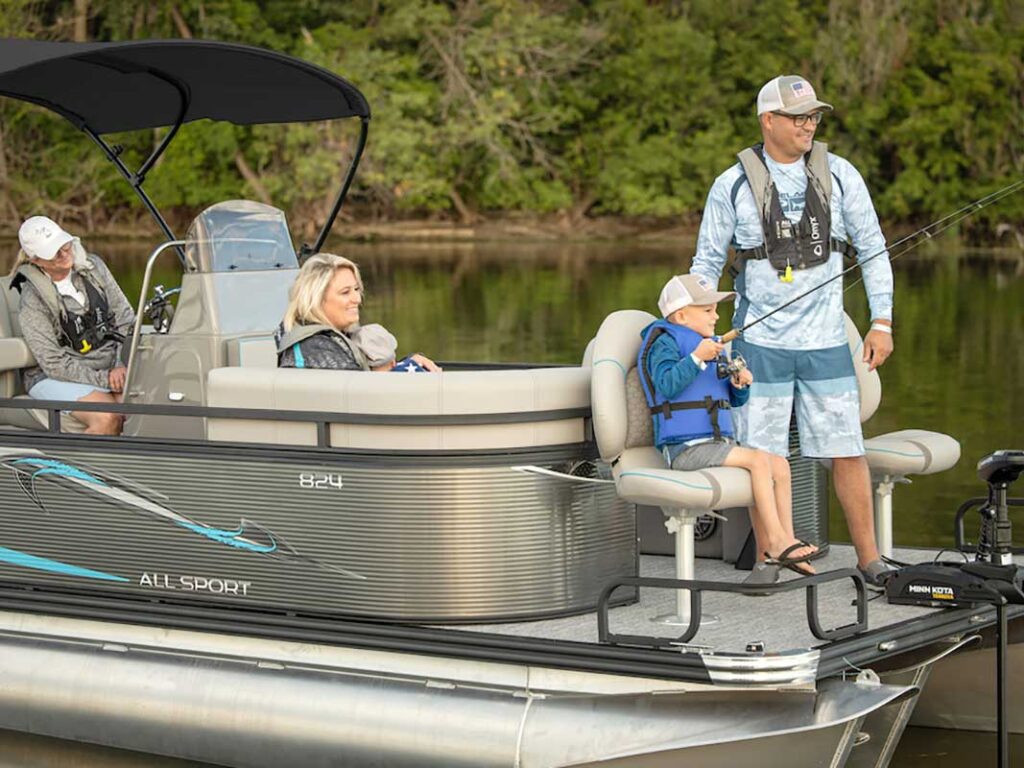
If you happened to be perusing page 21,016 of the Federal Register, you may have noticed that the United States Coast Guard is changing its life jacket standards and terminology. The new rules make it easier for manufacturers to produce approved life jackets for specific activities, and they coordinate, or “harmonize” standards with Canada. That’s why the familiar “Type” label has been replaced with some pictographs and a “Level” rating such as “Level 70.”
Yes, but what does it mean?
It turns out Newton is not just that guy in a wig who took an apple to the noggin. Newton is also a unit of measure. And a delicious cookie.
We’re here to talk about the unit of measure.
According to Wikipedia, one newton is “the force needed to accelerate one kilogram of mass at the rate of one meter per second squared in the direction of the applied force.”
Huh?
“At average gravity on earth, a kilogram mass exerts a force of about 9.8 newtons.”
Does that mean a kilogram is 9.8 newtons?
Assuming you’re on earth, that’s close enough. Also, if the part of earth you’re on is the United States, you can say a newton is 3.6 ounces, or almost a quarter pound.
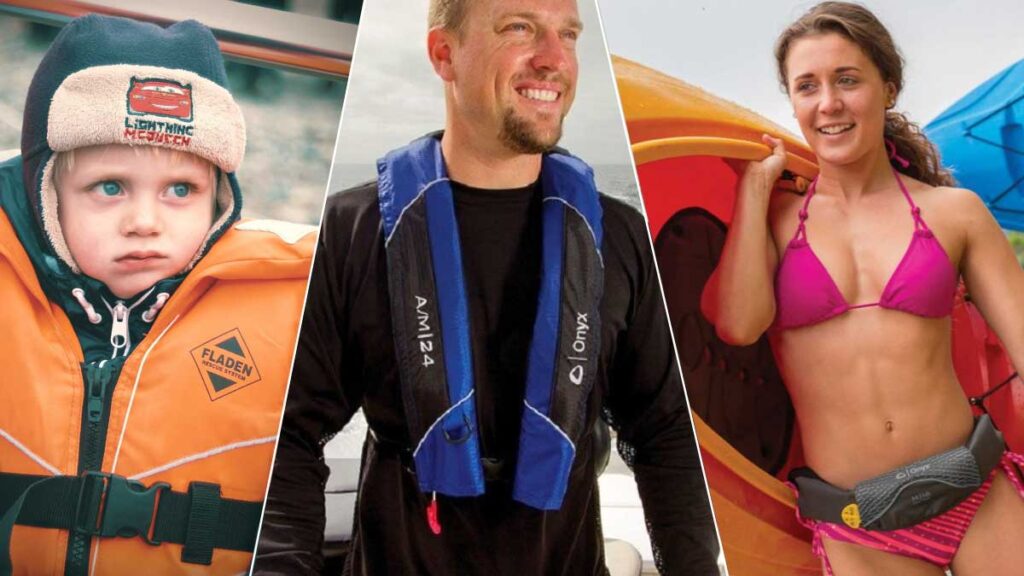
Now let’s talk about life jackets. The new ratings measure flotation in newtons, from Level 50, Level 70, Level 100 and Level 150. There’s even a Level 275, which is what you want if your oil tanker goes down in a hurricane.
For most recreational boaters the baby bear size (“just right”) is Level 70. In the old days, we would have called it a Type III. It has just over 15.5 lbs. of positive flotation (15.7366 lbs. in this corner of the solar system to be precise). Here’s how the U.S. Coast Guard describes the new nomenclature for each level:
- Level 50 – intended for use by those who are competent swimmers and who are near to bank or shore, or who have help and a means of rescue close at hand.
- Level 70 – intended for use by those who have help or a means of rescues close at hand, or who are near bank or shore. These devices have minimal bulk, but cannot be expected to keep the user safe for a long period of time in disturbed water.
- Level 100 – intended or those who may have to wait for rescues, but are likely to do so in sheltered water. The device should not be used in rough water.
- Level 150 – intended for general application or for use with foul weather clothing. It will turn an unconscious person into a safe position and requires no subsequent action by the user to maintain this position.
- Level 275 – intended primarily for offshore use under extreme conditions.
What happened to the old Type system?
If you’ve been boating very long, you’ll recall the old lifejacket Type ratings. It was always reassuring when you reached for that life jacket and caught a glimpse of the “U.S. Coast Guard approved” label, and the rating from Type I (most buoyant) to Type V (for watersports). The Coast Guard began phasing out the Type ratings in 2014, but you may still find life jackets labelled this way. For recreational boating, you’re looking for Type III or better.
Okay then, what’s the difference between a life jacket and a PFD?
The term life jacket is often used to describe all personal floatation devices regardless of the device’s performance. That makes sense because it’s what they do – life jackets save lives.
Getting down to the nuances, a life jacket is a type of PFD (personal flotation device) that keeps your head above water if you’re unconscious. Every life jacket is a PFD, but not every PFD is a life jacket. There are two main classes of PFDs, those which provide face up in-water support to the user regardless of physical conditions (life jackets), and those that require the user to make swimming movements to keep their face out of the water (buoyancy aid).
A life jacket is the one you want.
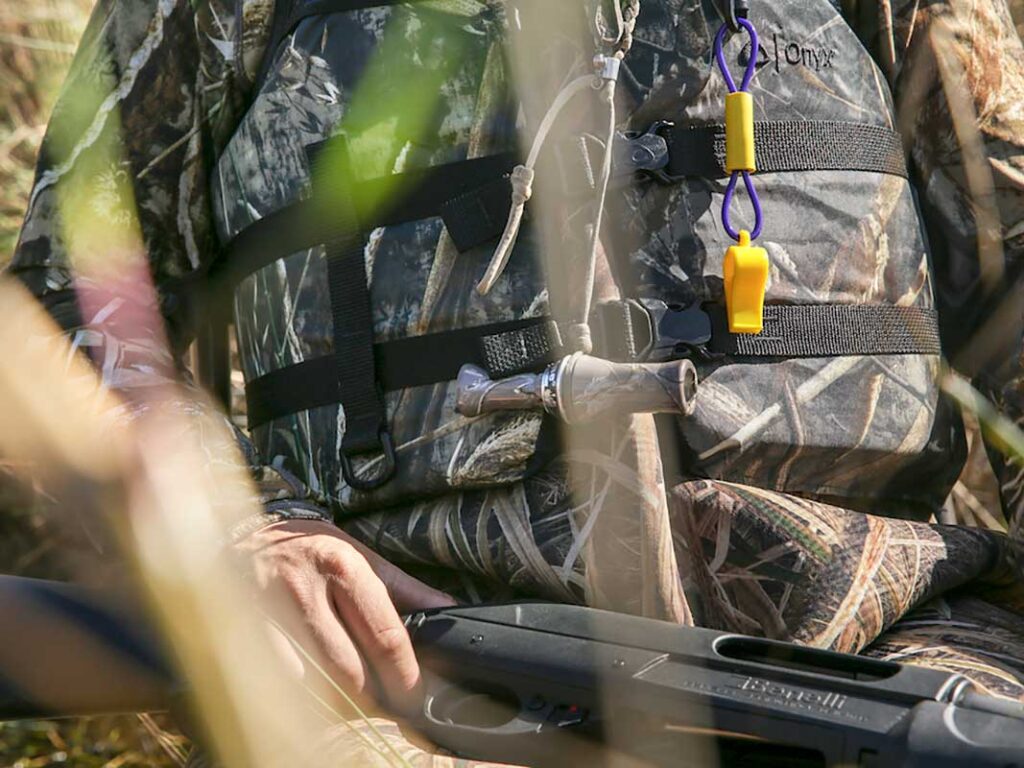
What about design types?
Life jackets and buoyancy aids come in basic design types: Inherent, Inflatable, Hybrid, and Special Purpose.
- Inherent is short for inherently buoyant, and simply means the life jacket is always going to provide the rated floatation. This is your classic foam-filled life jacket.
- Inflatable life jackets only work when they’re filled with air, usually by a CO2 cartridge that can be triggered manually or automatically. They’re a popular choice because they’re often cooler and more comfortable to wear than inherently buoyant life jackets.
- Hybrid jackets have some inherent flotation which can be augmented with inflatable bladders.
- Special Purpose means just what it sounds like – life jackets or buoyancy aids designed for sports like whitewater paddling, towed watersports and personal watercraft. They’re not all the same, so make sure you have an appropriate life jacket for all your activities.
Does the law require me to wear a life jacket?
Federal law requires all children under age 13 to wear a life jacket. Life jacket laws vary by state, so be sure to check the rules in your state.
Adults engaged in certain water sports, such as wakeboarding, waterskiing or operating a personal watercraft are required to wear a life jacket in most states.
In the United States, a Coast Guard approved life jacket, properly fitted for the intended wearer, must be aboard for each occupant of a boat. Adults are not required to wear a life jacket, but it’s always a good idea to do so. Anyone who has tried to put on a life jacket during an emergency will tell you how hard it is to do.
Does a throwable PFD count as a life jacket?
Throwable flotation devices are buoyancy aids, not lifejackets. Every boat should have one or more throwable PFDs close to hand, but they don’t take the place of life jackets.
What about the new belt pack inflatable life jackets?
Belt pack inflatables are among the most comfortable and easy-to-wear life jackets available, but keep in mind the user must manually activate the CO2 cartridge to inflate the life jacket and then pull the strap over their head. Here’s how they work. Like all inflatable life jackets, they require regular maintenance and are not intended for non-simmers or children under 16.
How important is fit for life jackets?
Life jackets have to fit in order to work. That’s why it’s so important that boaters – especially children – wear life jackets designed for their size. Check the manufacturer’s label to ensure that the life jacket is a proper fit for your size and weight, then follow these steps to dial in the fit.
- Make sure the jacket is properly fastened.
- Hold your arms straight up over your head and ask a friend to grasp the tops of the arm openings and gently pull up.
- The jacket should not ride up over your chin or face.
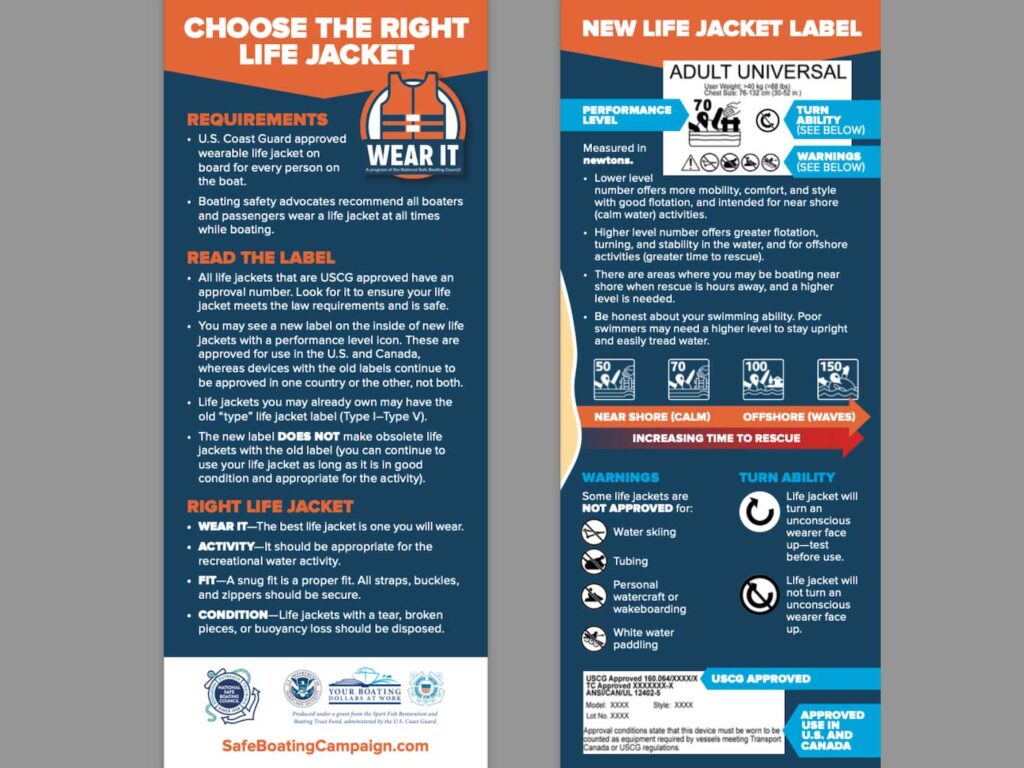
Where can I learn more?
The Coast Guard maintains a webpage full of information about life jackets. It’s a great place to start.
The Coast Guard also tracks boating incident statistics, which put an exclamation point on the importance of wearing your life jacket whenever you’re on the water. Consider these facts: half of all boating-related drownings happen in calm water, and 84 percent of drowning victims were not wearing a life jacket.
You don’t have to be Sir Isaac Newton to do that math.
The U.S. Coast Guard is asking all boat owners and operators to help reduce fatalities, injuries, property damage, and associated healthcare costs related to recreational boating accidents by taking personal responsibility for their own safety and the safety of their passengers. Essential steps include: wearing a life jacket at all times and requiring passengers to do the same; never boating under the influence (BUI); successfully completing a boating safety course; and getting a Vessel Safety Check (VSC) annually from local U.S. Coast Guard Auxiliary, United States Power Squadrons®, or your state boating agency’s Vessel Examiners. The U.S. Coast Guard reminds all boaters to “Boat Responsibly!” For more tips on boating safety, visit uscgboating.org.




